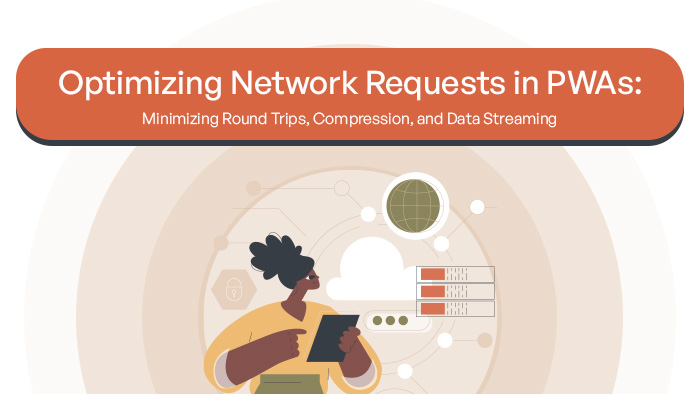
Optimizing Network Requests in PWAs: Minimizing Round Trips, Compression, and Data Streaming
In the realm of Progressive Web Applications (PWAs), efficient network request optimization is crucial for enhancing performance and improving user experience. This article delves into the intricacies of minimizing round trips, implementing compression techniques, and leveraging data streaming to optimize network requests in PWAs. By examining the impact of round trips on PWA efficiency and exploring best practices for optimization, this study aims to provide a comprehensive understanding of how these strategies can be effectively employed. Additionally, a real-world case study highlights the successful reduction of round trips in a PWA. Key Takeaways Minimizing round trips can significantly improve network efficiency in PWAs. Compression techniques such as Gzip and Brotli can reduce the size of data packets and improve network performance. Leveraging data streaming can optimize network requests by minimizing round trips and reducing unnecessary overhead. Caching and minimizing request size are effective strategies to improve performance and reduce data transfer in PWAs. Understanding the Impact of Round Trips in PWAs The impact of round